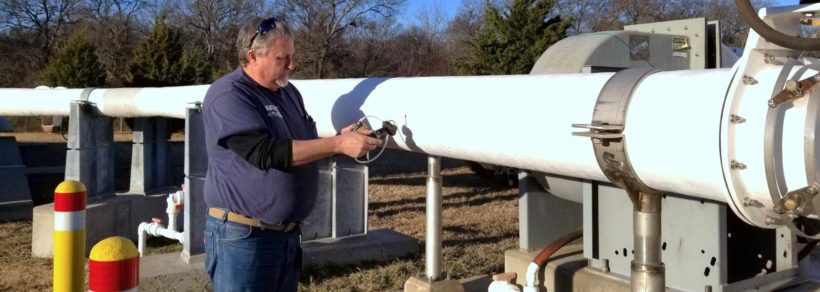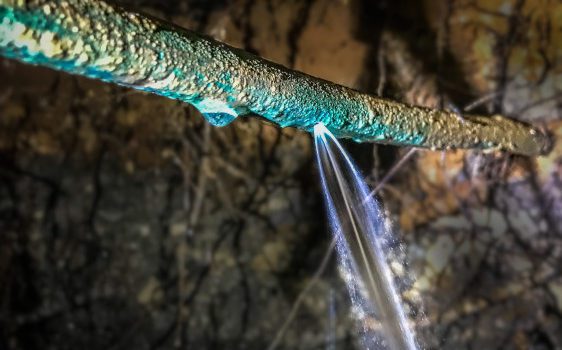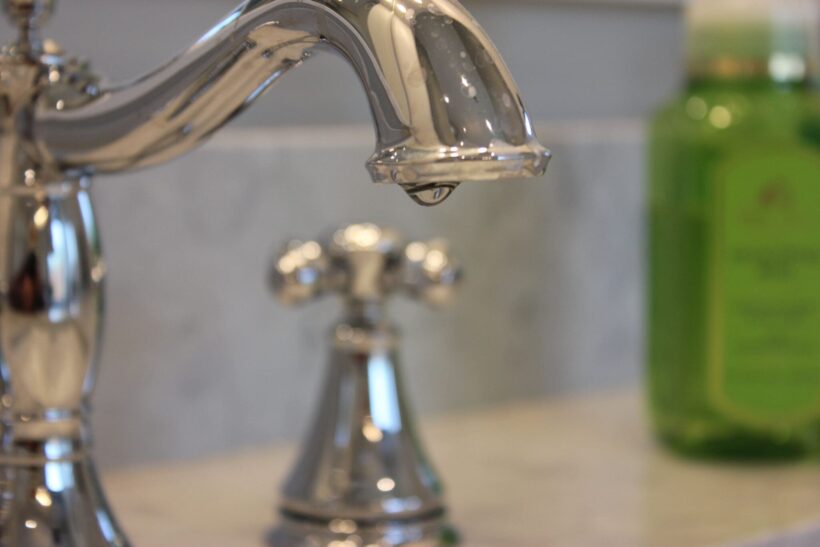Intro To The NTMWD
Here at Legacy Plumbing, we meet and serve people every day whose lives have been disrupted by a plumbing emergency. Whether it’s a sudden water leak which caused damage to the house or a malfunctioning water heater, plumbing problems always remind us how much our daily lives are built around the assumption that we will always have access to safe, clean water.
We believe that the more knowledge homeowners have about their plumbing system and where their water comes from, the better prepared they are.
This preparedness helps them both respond to plumbing emergencies and also be proactive with the maintenance and care which prevent problems from happening in the first place.
This philosophy applies to the plumbing system of the house. It also applies more broadly to the infrastructure which provides water to the entire DFW region. Much attention has been drawn to this infrastructure after 2021’s winter storm. Consequently, right now is the perfect opportunity for homeowners to spend some time educating themselves on where their water comes from and how to conserve and protect this most vital resource.

In this two-part series, we’re going to highlight the North Texas Municipal Water District (NTMWD). Founded over 60 years ago, this organization is responsible for water, wastewater, and waste management services for over 2 million people across North Texas. The 13 member cities of this organization include: Plano, McKinney, Allen, and Frisco. In addition, NTMWD serves many “customer cities” in the area as well.
In this article, we’re going to go through some infrastructure basics, as well as some frequently asked questions about water services.
In the next article, we’ll hear from an NTMWD representative, as they weigh in on some important questions about water, conservation, and how this North Texas infrastructure affects our daily lives.
Where Does DFW Water Come From?
With over 2 million people served by NTMWD (and that number expected to double by 2070), millions of gallons of treated water is required on a daily basis. Unfortunately, Texas doesn’t have any natural lakes of a significant size. Without man-made reservoirs built to capture and store surface water, the DFW metroplex simply could not support its current population.
The NTMWD’s first reservoir was constructed by the U.S. Army Corps of Engineers in 1948. This is Lavon Lake, a 21,000 acre lake to the east of Allen. This lake remains NTMWD’s largest water source today, but others have been added.
In addition to Lavon Lake, Chapman Lake, Lake Texoma, Lake Tawakoni, and East Fork Water Reuse Project are all NTMWD’s sources of raw water. The recently-constructed Bois d’Arc Lake north of Bonham has been added to this list to support the ever-growing needs of the cities north of Dallas.
Water from all of these sources is pumped and run through pipelines to one of six different water treatment plants operated by NTMWD.
How Is DFW Water Treated?
Once it reaches these plants, there are a variety of methods that NTMWD uses to purify this water and make it “potable” or safe to drink.
First, any large particles or sediment must be removed through a process known as sedimentation. After this, the first stage of disinfection occurs through ozonation. Next, a second stage of disinfection involves adding chloramines or chlorine to the water. Adding these to the water helps the water stay disinfected as it travels through the water distribution systems.

After disinfection, natural levels of fluoride present in the raw water are increased slightly by adding additional fluoride according to the recommendations of the U.S. Department of Health and Human Services. The purpose of this is to help prevent tooth decay.
Finally, the water passes through a final filtration process by flowing through carbon and sand filters to remove any tiny particles which may be left suspended in the water.
In order to ensure that this process remains safe and effective, hundreds of thousands of water samples are taken every year by the treatment plants, Environmental Services, and customer cities. These samples are analyzed for bacteria, suspended solids, hardness, alkalinity, and more.
How Does The Water Get To You?
After leaving NTMWD, the water is piped to the customer and member cities who purchase the water. The cities often store this water in storage tanks and it is pumped into water towers.
Water towers both store the water until it is needed as well as the “store” the energy required to distribute water throughout the city. Because pumps can fill up the water towers when demand is below average, the water towers then can be drawn down during times of greater than average demand – maintaining consistent water pressure levels the entire time.
This eliminates the need for massive water pumps that are sized to pressurize the water distribution system enough to supply peak demand during the day. Between these water towers, the city pumping stations, and hundreds of miles of water main pipelines, water is reliably provided to all of the city’s homes and businesses.

Hopefully, this gives you a good foundational understanding about our local water infrastructure. In Part 2 of this series, we’ll hear from Helen Dulac, the Public Education Manager of NTMWD. She will help us with understanding how decisions we make on a daily basis cumulatively affect the entire infrastructure we all share.





















